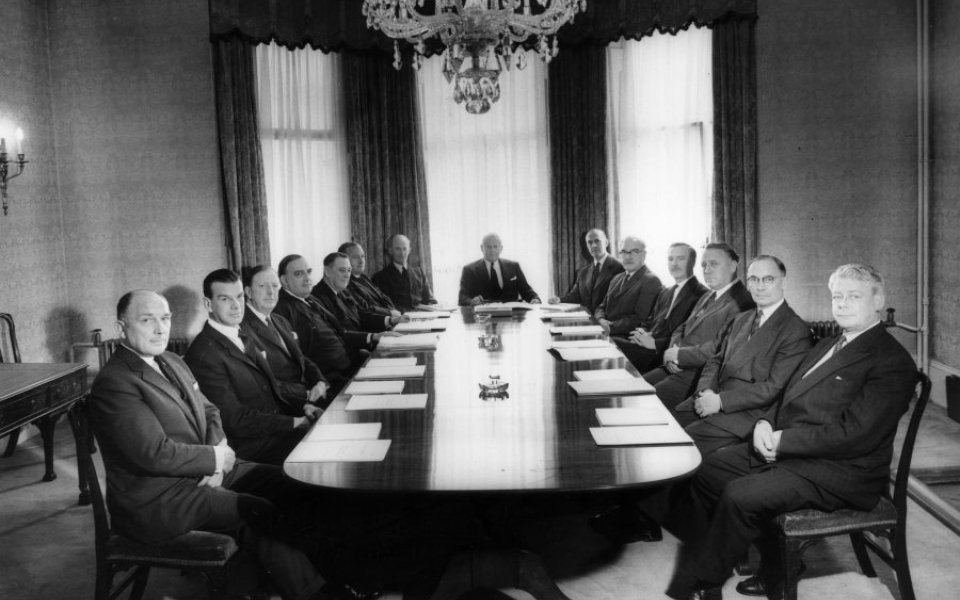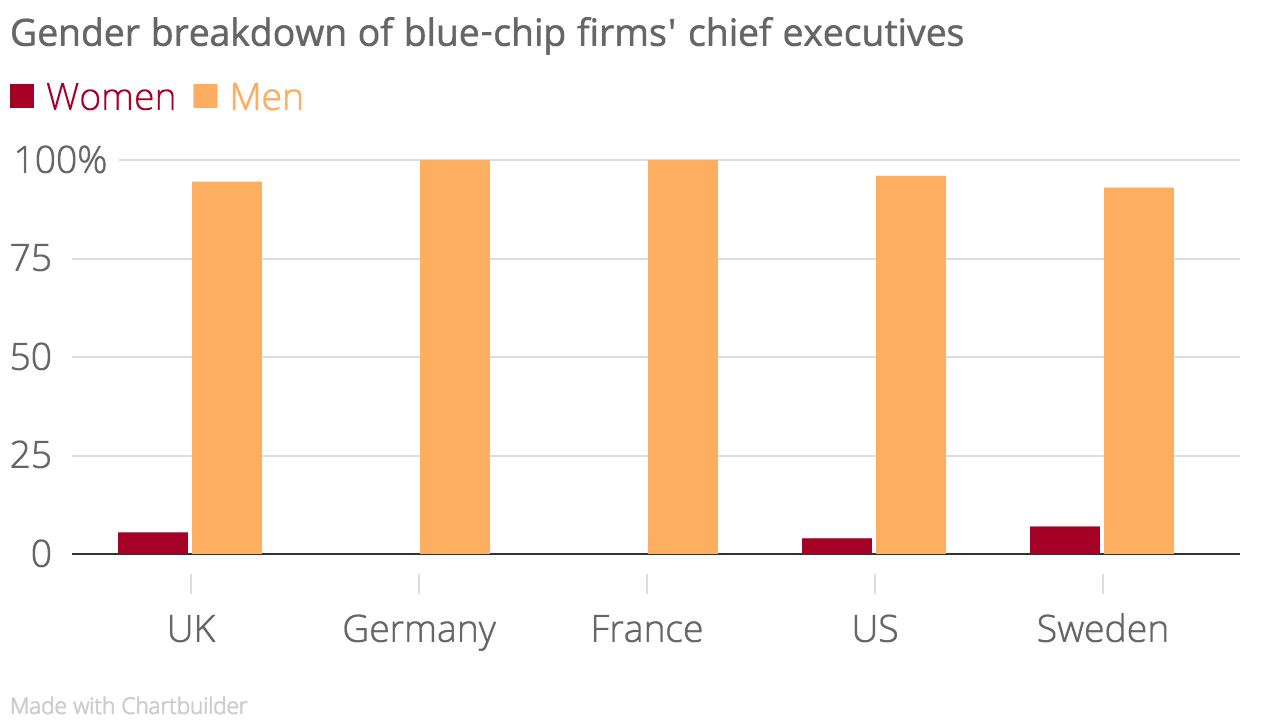Boardroom diversity: Slow progress for gender equality at FTSE 100 executive level despite Lord Davies’ Review

For Britain’s most powerful firms, women in executive positions continue to be about as common as unicorns, new analysis has revealed.
Boardroom diversity has soared in recent years, but despite this, not much has changed at executive level.
Following Lord Davies’ target for FTSE 100 firms to have 25 per cent women at executive level by the end of 2015, female directors have more than doubled in four years.
But the changing face of UK boardrooms is largely down to the large number of women appointed to non-executive roles. Among Britain’s blue-chip firms, three in 10 of these are now held by women.
Female executive representation, however, remains below 10 per cent, according to a new study by board advisory firm MWM Consulting. And women make up just 5.5 per cent of the FTSE 100’s chief executives.
Michael Reyner, managing partner at the firm, said that appointing women as non-executive directors could only ever be “part of the solution”:
Progress has been made, but it risks being seen as a cosmetic gesture unless it is matched by senior management promotions too.
Although progress has been slow, the UK is still outstripping all other countries compared, except one: Sweden was the only country with a higher number of female chief execs.
